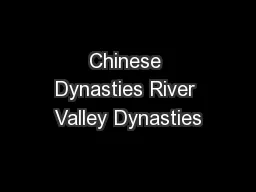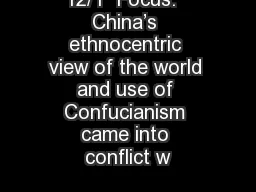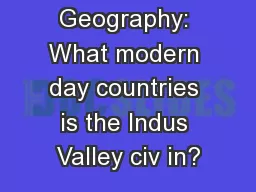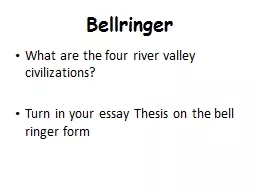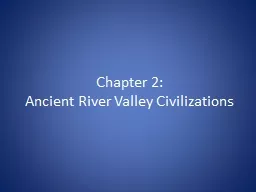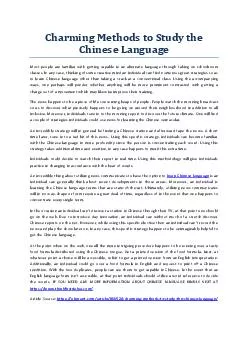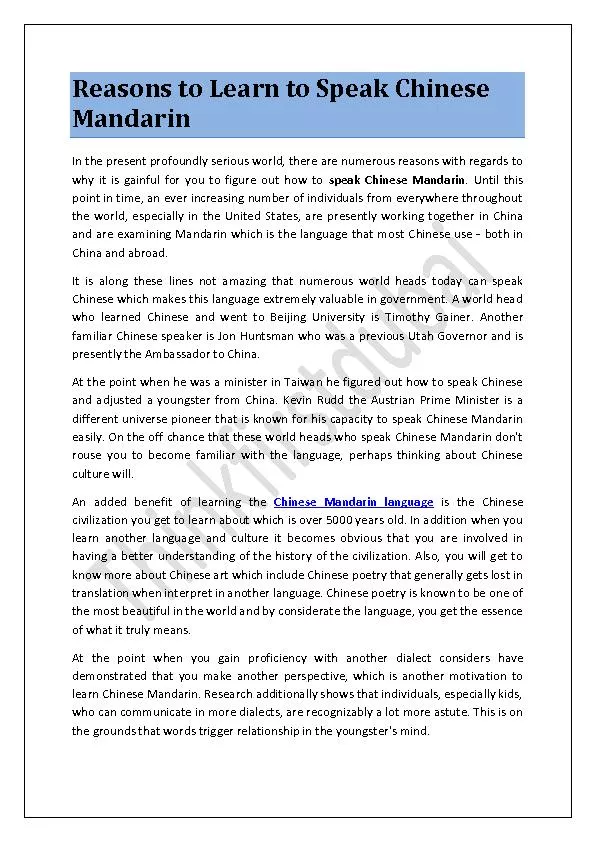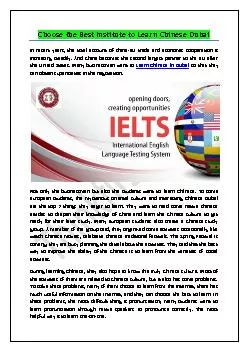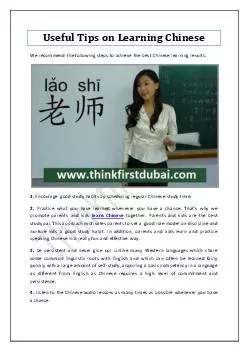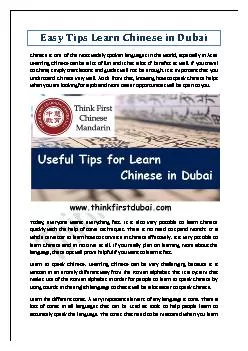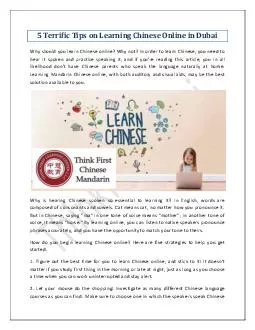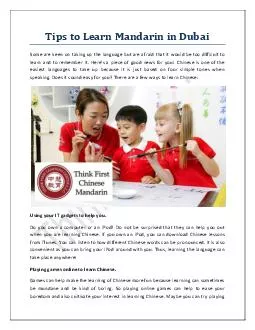PPT-Chinese Dynasties River Valley Dynasties
Author : kittie-lecroy | Published Date : 2018-03-23
Archeological discovery of the Xia is still in its preliminary stage Established about 2200 BCE Legendary King Yu the dynasty founder a hero of flood control
Presentation Embed Code
Download Presentation
Download Presentation The PPT/PDF document "Chinese Dynasties River Valley Dynasties" is the property of its rightful owner. Permission is granted to download and print the materials on this website for personal, non-commercial use only, and to display it on your personal computer provided you do not modify the materials and that you retain all copyright notices contained in the materials. By downloading content from our website, you accept the terms of this agreement.
Chinese Dynasties River Valley Dynasties: Transcript
Download Rules Of Document
"Chinese Dynasties River Valley Dynasties"The content belongs to its owner. You may download and print it for personal use, without modification, and keep all copyright notices. By downloading, you agree to these terms.
Related Documents

